5.2 Extemporaneous Debating
The typical LD debate involves a topic that both sides research in advance. For my classes, both sides also prepare constructive speeches (6 minutes for the affirmative and 4 for the negative). This requires at least several hours in advance of each debate, so in a semester-long course the number of such debates must be limited. However, there is an additional form of debate that requires almost no preparation and gives students practice in argumentation, refutation, and extemporaneous speaking. It is a good debating format if students want to practice debating without doing research. This is extemporaneous (extemp) debate.
The format now in use originated at eastern Canadian universities such as McGill, Toronto, and Dalhousie. The principal change it makes in the LD format is that each debate has a different topic, and it is announced to both teams between 10-30 minutes before the round. Topics are wide-ranging, and often involve common proverbs such as “Money is the root of all evil,” “The best things in life are free,” or “A bird in the hand is worth two in the bush.” General policy topics are also common, such as “The US should expel all unauthorized aliens,” “The US should adopt Spanish as its second national language,” or “The US should elect Supreme Court Justices.” Broader philosophical topics also work, such as “Utilitarianism should govern all policy choices,” “Rehabilitation should be the goal of all punishment,” or “Due Process is the most important constitutional right.” The affirmative has free reign to interpret these topics as they wish, which can lead to some interesting debates and opportunities for clever argument.
Extemporaneous debate can be done in a variety of formats: one v. one, two v. two, even three v. three. There are even variations in which three teams compete, and the third team can choose what side it wants to defend, or even offer a third option to the resolution. The world universities debating championship has rounds that consist of four teams, two on each side. Some variations permit heckling by the opponents or questions during the debate. Formats vary from tournament to tournament.
The advantages of extemporaneous debating are that students get the opportunity to develop critical thinking skills while under time pressure. This may not always yield a successful debate, but students often learn much from having multiple debating experiences in a short period of time. Having to debate without preparation often gives students more confidence when they do their next prepared debate. It also allows students to expand their persuasive speaking skills since they usually have fewer arguments to make in their speeches.
In extemp debating, there is usually no value premise. It is difficult to put together a coherent case in the short prep time and forcing debaters to also develop a value premise would likely create great frustration. Many of the topics are also not chosen with regard to a debate about values; it would be difficult to have a value premise in a debate about evil being the root of all money, which is a factual statement.
To prepare students to do extemporaneous debate, the following format for a 75 minute class is helpful:
10 minutes: explanation of extemp debate, divide students into 2 or 3 person teams, give students the first resolution
15 minutes: prep time for students to discuss ideas for first resolution
15 minutes: discussion of case ideas, give students the second resolution
15 minutes: prep time for students to discuss ideas for second resolution
20 minutes: discussion of case ideas and wrap-up
Ideally the next class would feature an extemp debate (or two, depending on the length of class).

